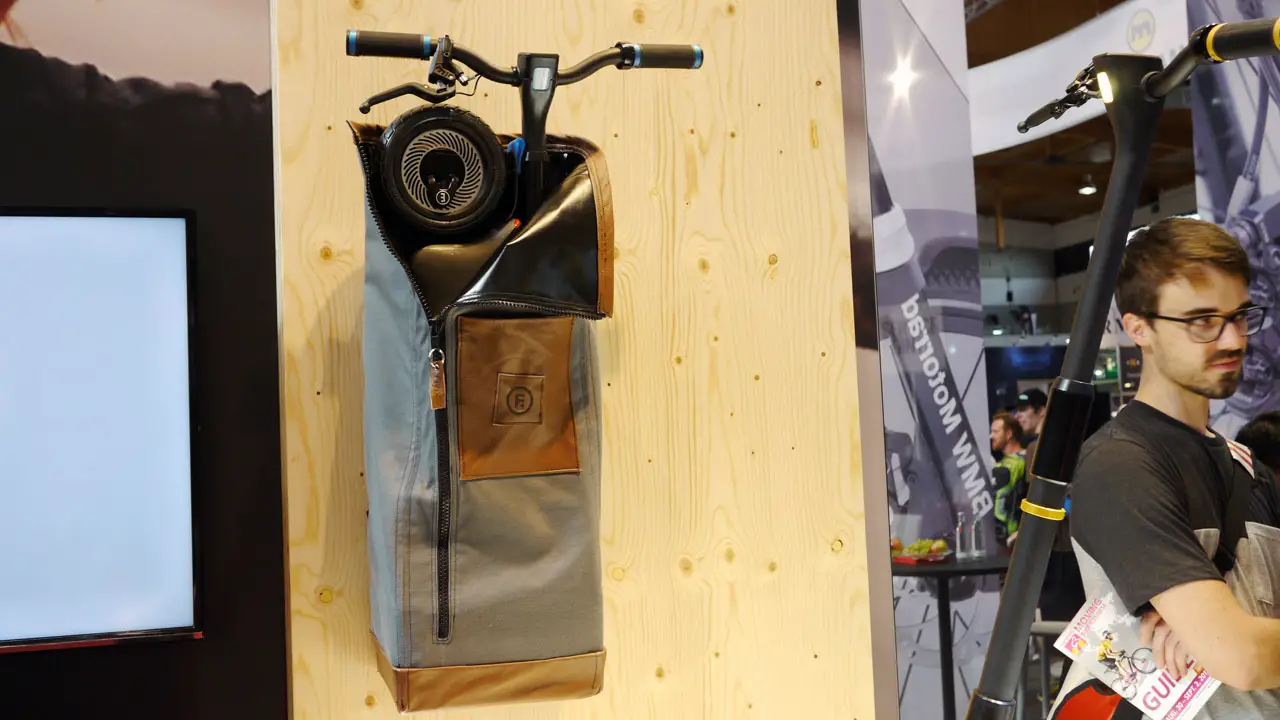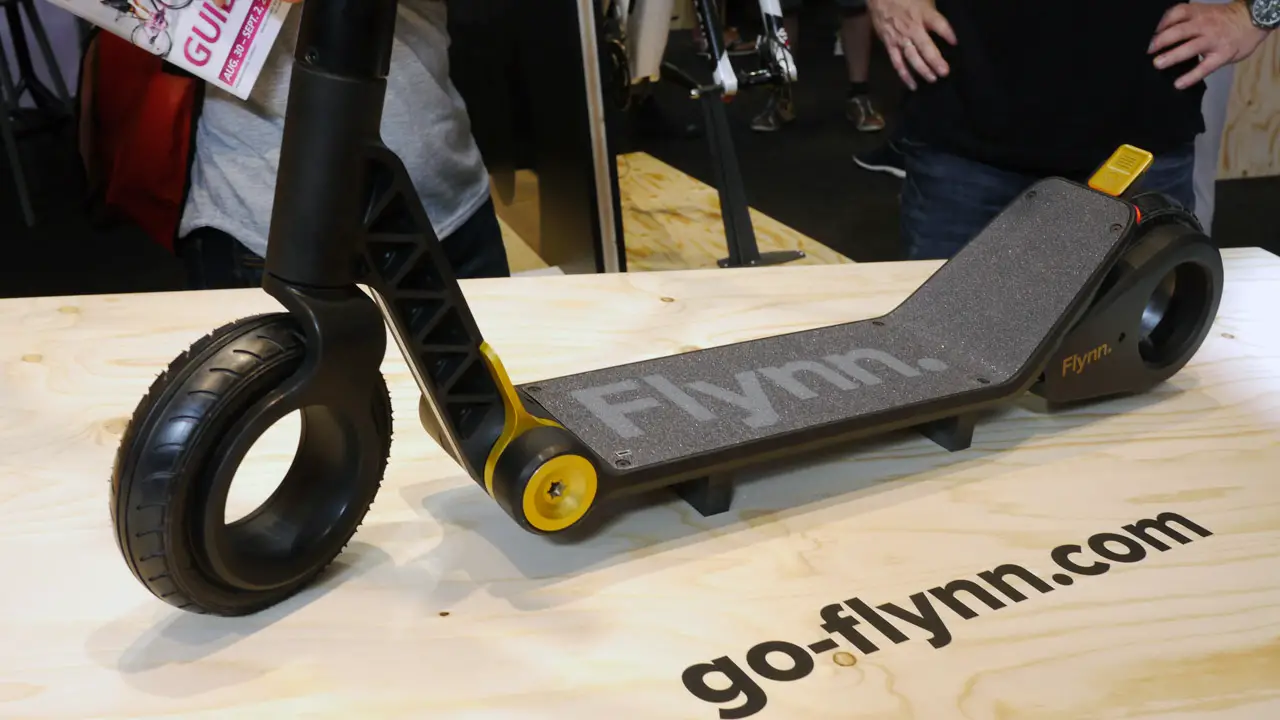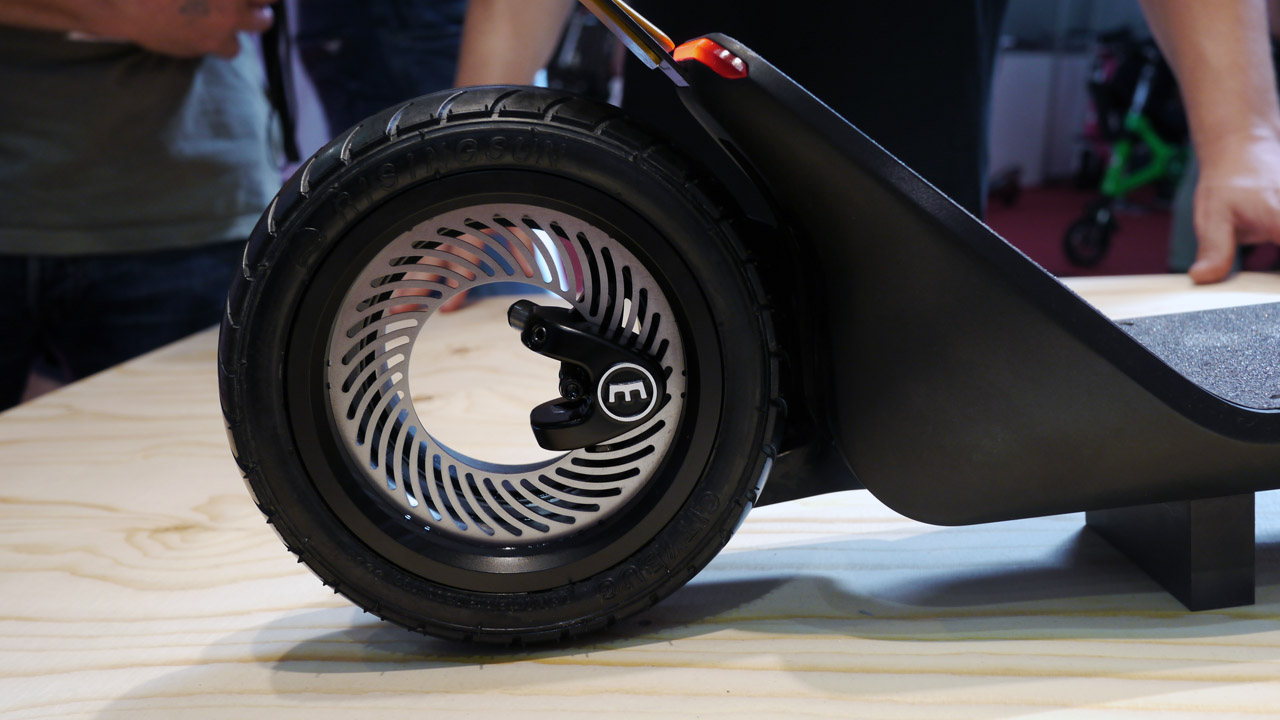If you’ve heard of Brake Force One already, it’s probably because of their H2O brakes – mountain bike disc brakes that are filled with a water-glycol mixture, and have booster piston that massively increases the braking force partway through the stroke. We currently have a set in for our issue 115 brake grouptest, and went over to see them at Eurobike.
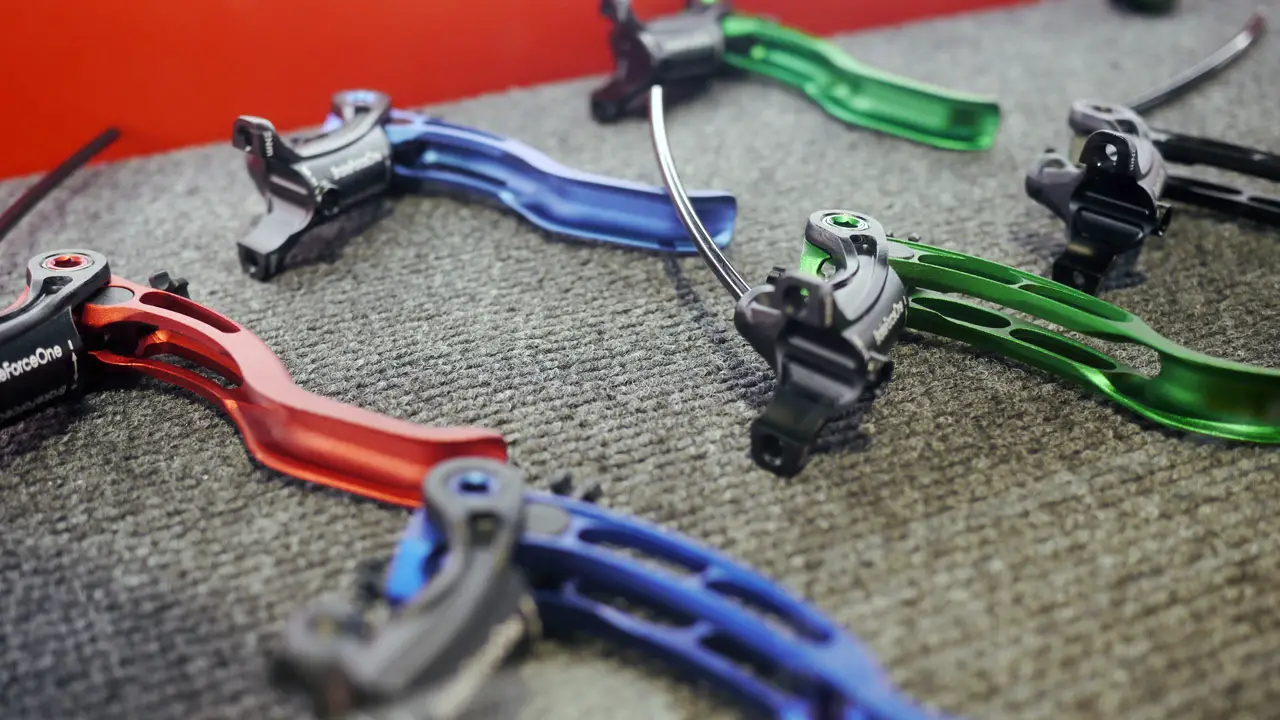
Before the test we’d heard from a few people that the H2O’s were one of the most powerful brakes they’d tried,and also that BFO had some kind of partnership with Magura, so we went to ask them a bit more.
Many people who hear about the H2Os express doubt that they’ll work – surely water boils as the brakes heat up? Well, the answer is that if you were to fill the brakes on a car with water, yes, it probably would and you might die. From the forces in mountain biking though, not so much. I’ll leave a lot of the details for Wil’s full upcoming review, but suffice to say we’ve been riding a set of these for several months and they work – we haven’t died, not even once.
We had been wondering how closely Brake Force One were working with Magura, especially with their Eurobike stands being right next to each other, and the asnwer was “We have an R&D partnership”, and it seems Brake Force One have similar partnerships with a variety of organisations. They were showing a couple of different prototypes, which you can see below.
Latest Singletrack Merch
Buying and wearing our sustainable merch is another great way to support Singletrack
First up, they had an ABS system for ebikes, with modules that go on the line somewhere between the caliper and the lever. The showed models that bolted onto the outside of a frame, and integrated ones that sat inside frames too. These were shown with BFO’s H2O brakes, and they way they work is that a sensor in each caliper detects changes in the speed at which each wheel is rotating. If a change is too sudden, actuators in the units you see kick in repeatedly to release the fluid pressure on the pistons, so no matter how hard you pull the brakes it’ll feather them until you come to a stop safely.
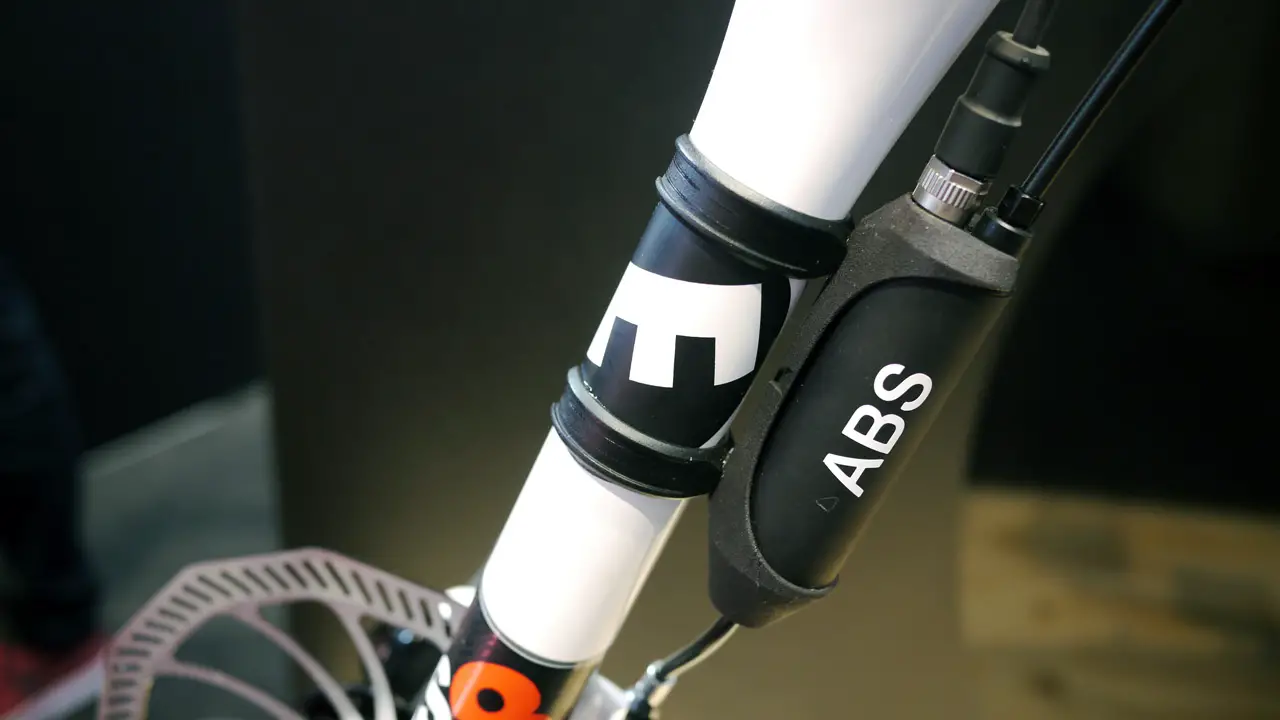
They also said their system will detect rear wheel lift and then feather the front brake to keep the bike rubber side down, which seems handy for those panic-grabbing situations… though perhaps less so for pros and trials riders.
As with Magura’s own ABS system, they also mentioned traction control, which would have a lot of uses in mountain biking – for instance, setting up a fleet of hire bikes such that newbies can’t suffer front wheel washouts under average circumstances. For now though, ABS is mainly being pitched as a safety thing as new riders end up on more powerful and heavier bikes.
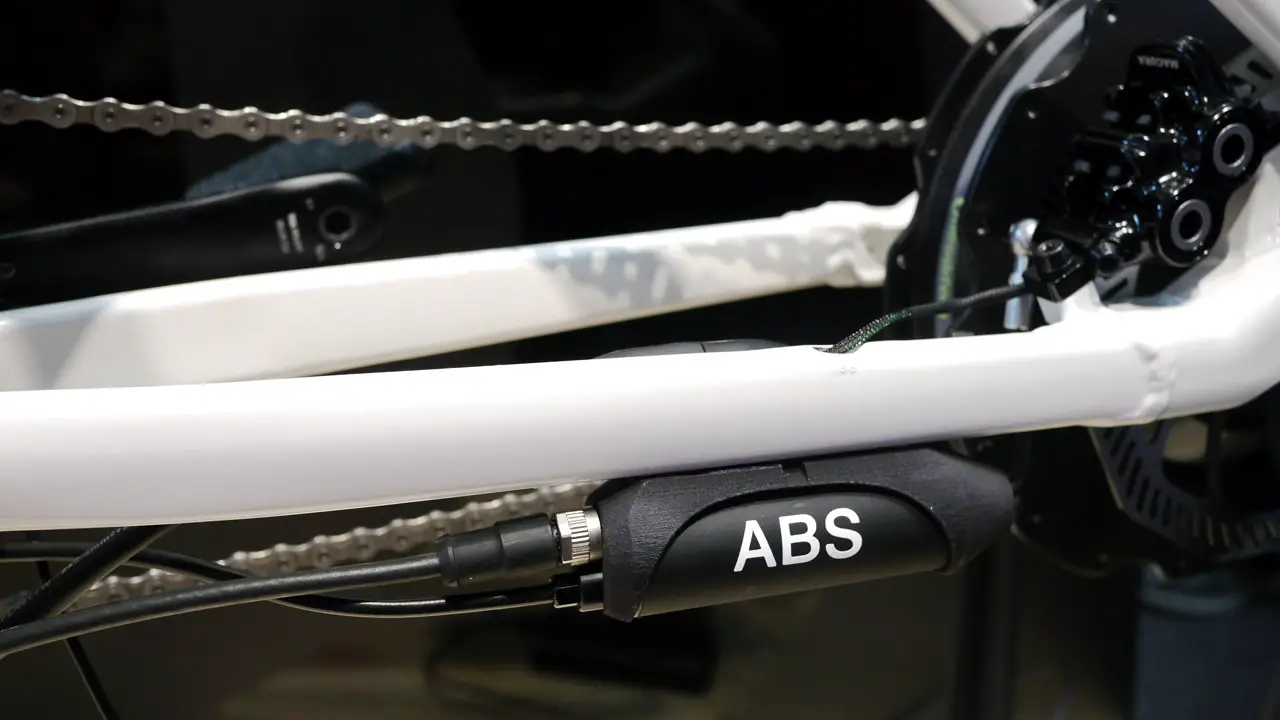
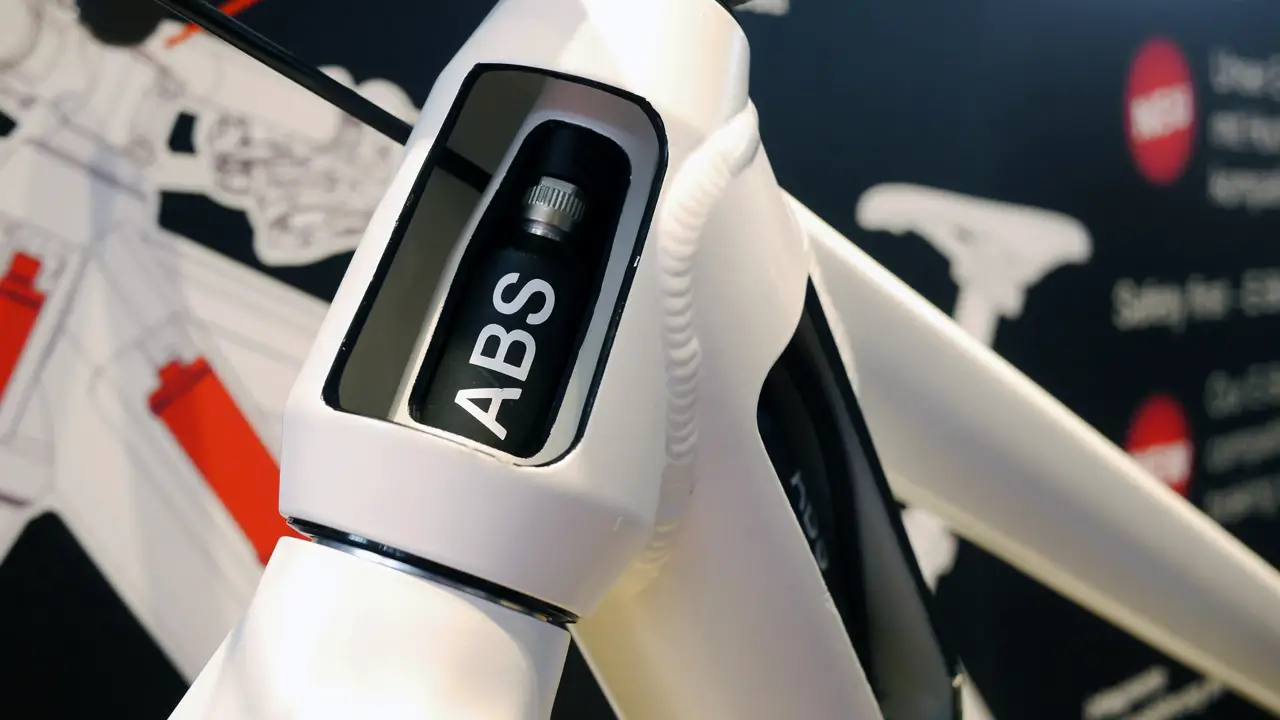
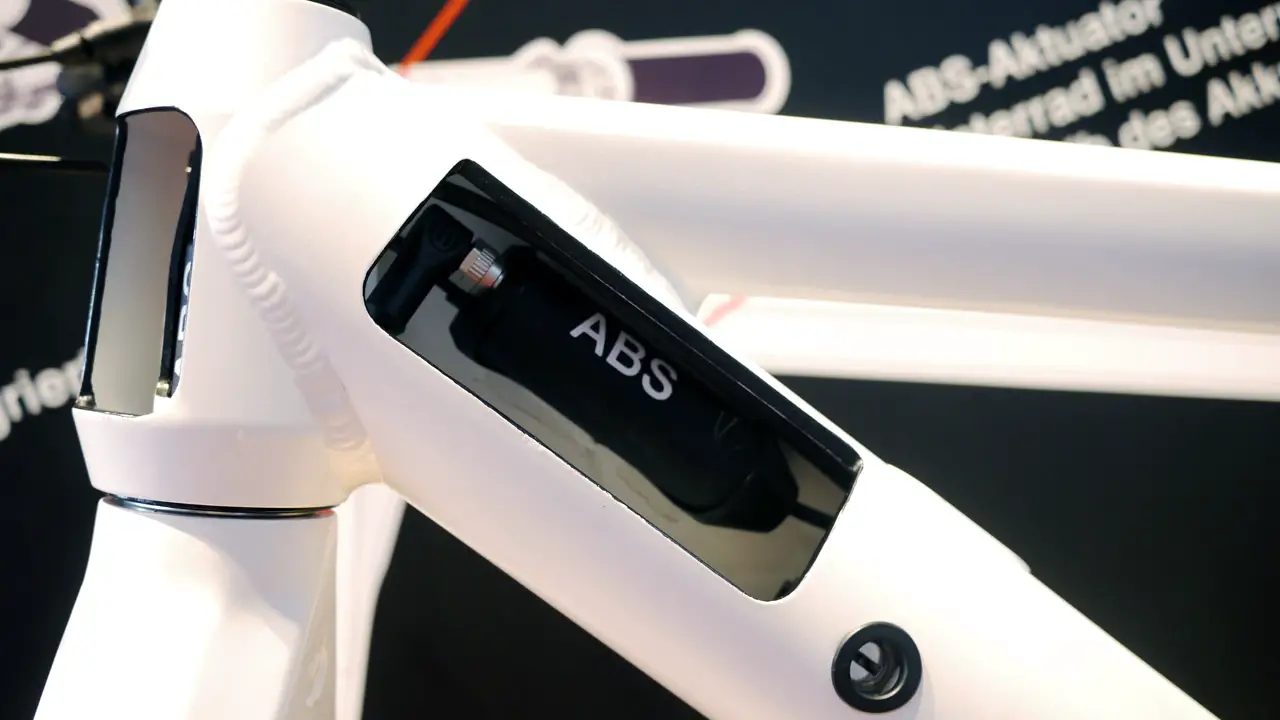
Another system they were showing for ebikes was BFO Connect, a small thing that goes in the end of a handlebar grip, like the ABS runs off the ebike battery, and uses a combination of GPS and accelerometers to make a bike smarter. Among those features are GPS position tracking for anti-theft purposes, and crash detection with SOS functionality. Additionally, it’s not dependent on mobile phone masts to communicate – details were a little scant on that, but it’s based around an entirely different communications network.
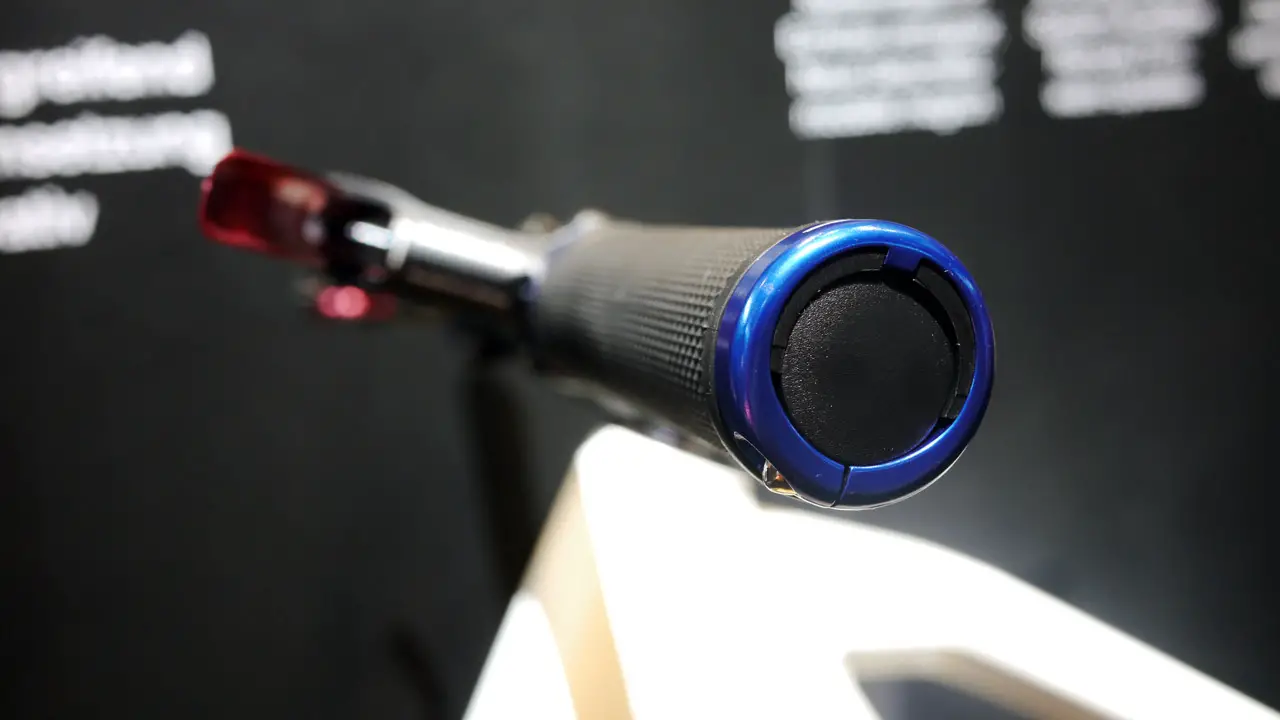
The last thing they were showing was the Kick Electric Scooter; a folding scooter that fits in an (admittedly not tiny) backpack, and has a rear disc brake. Here’s where their collaboration with Magura becomes more obvious.
